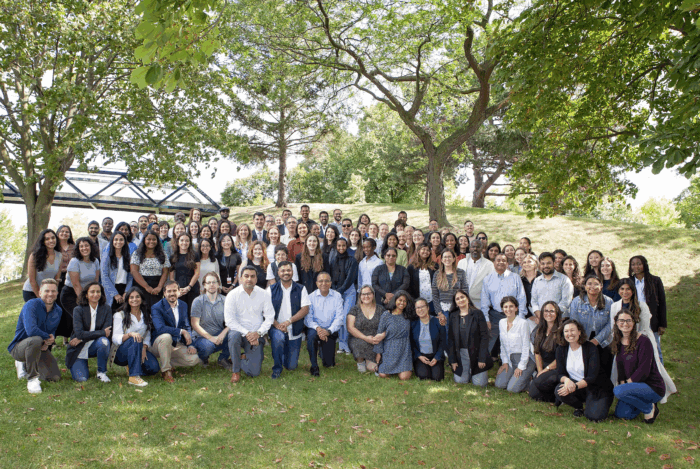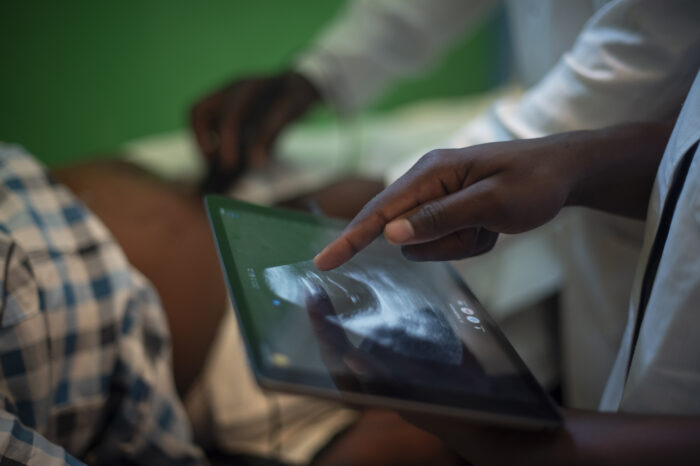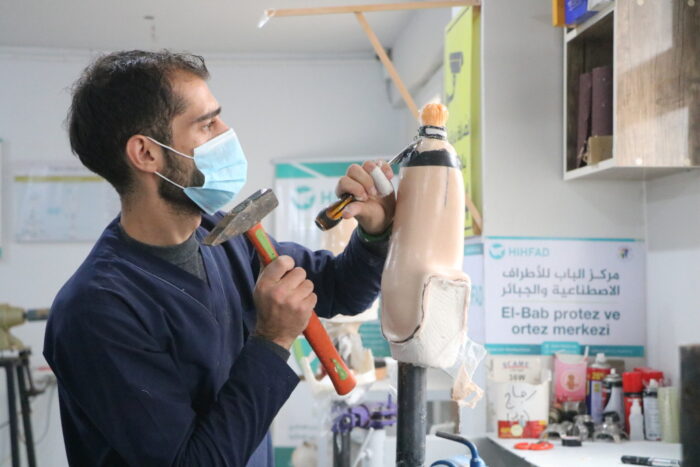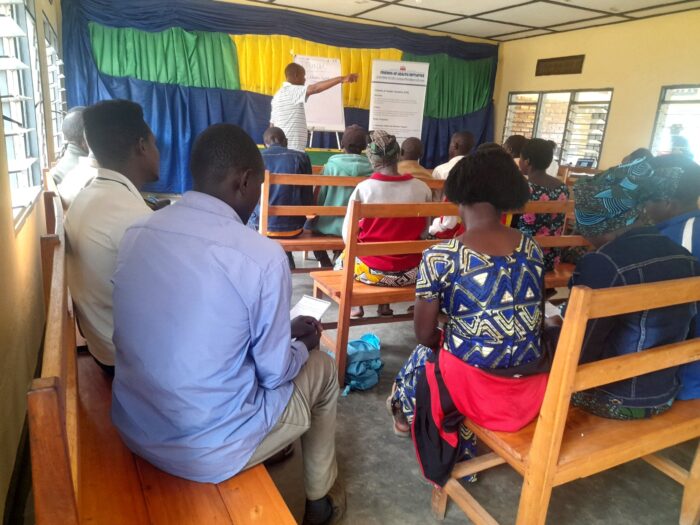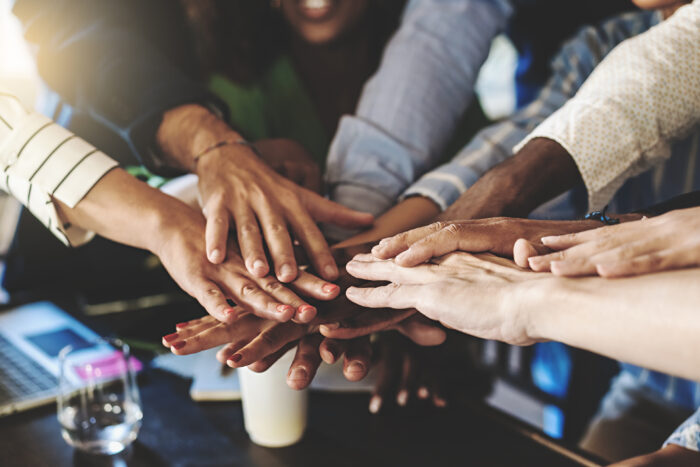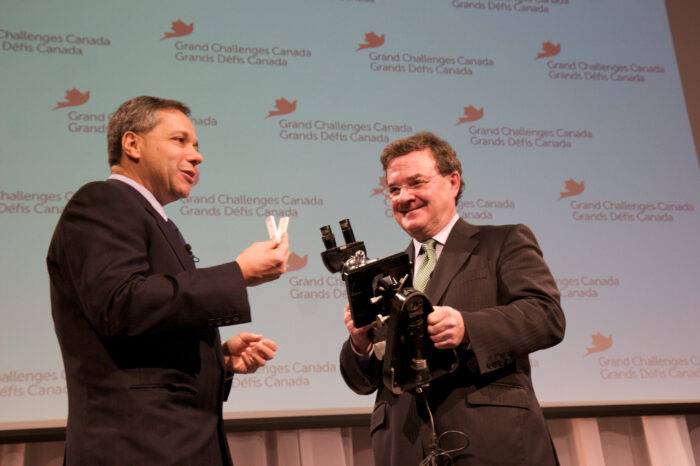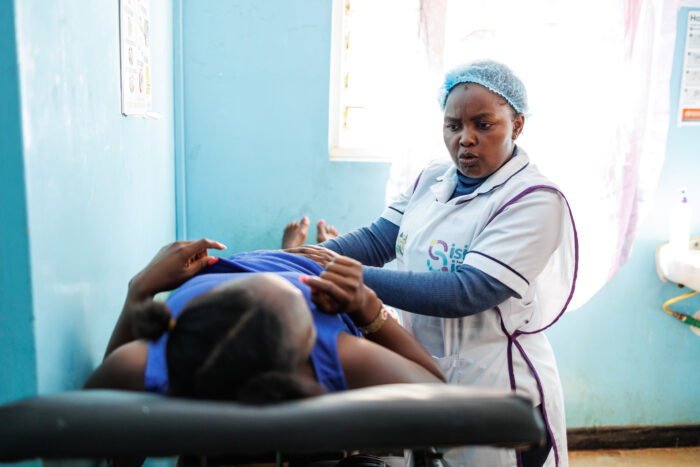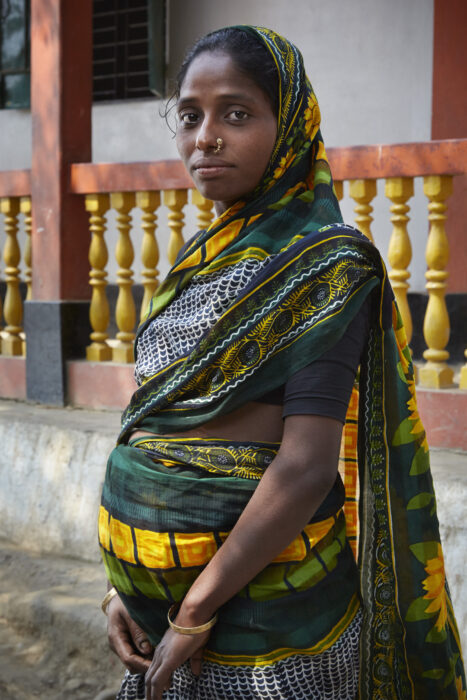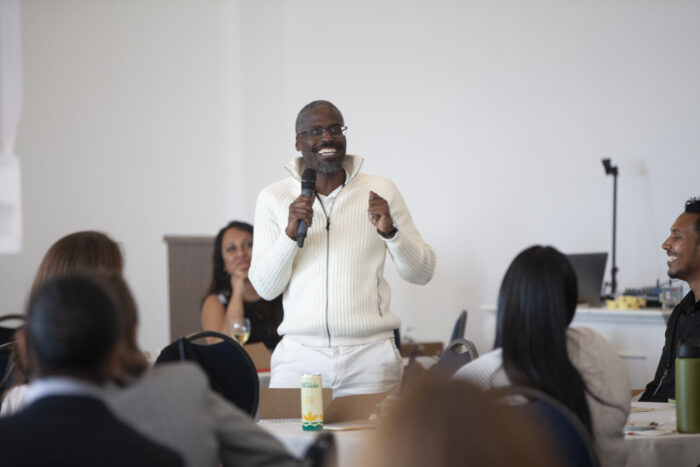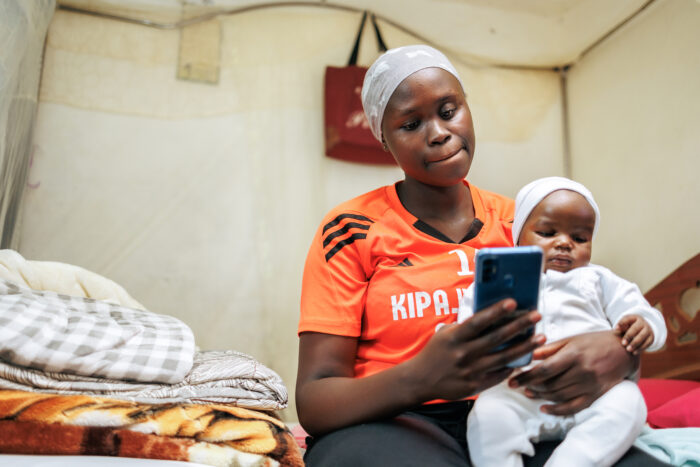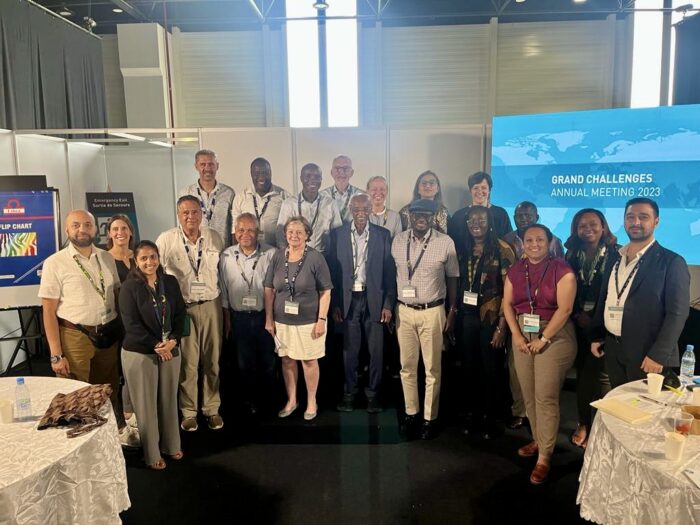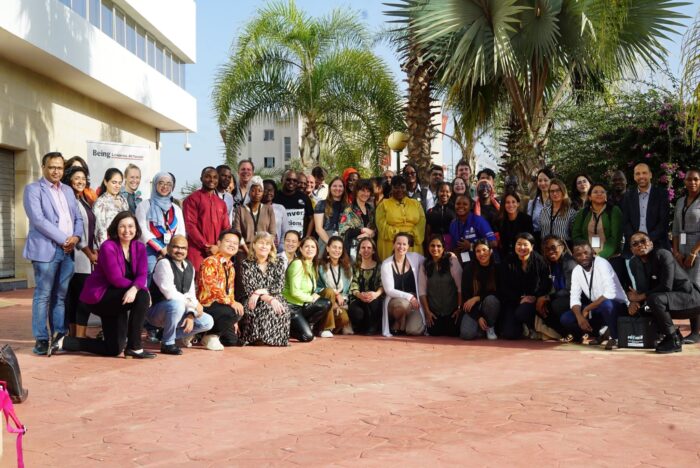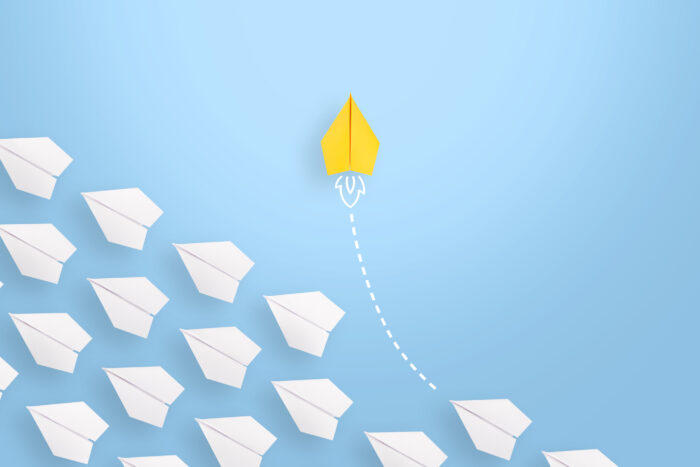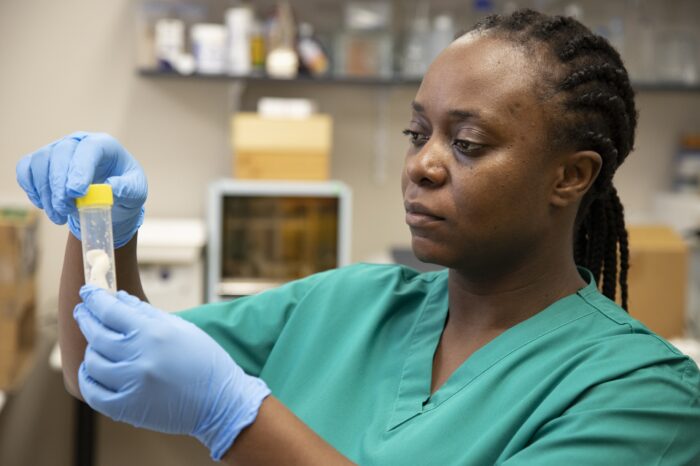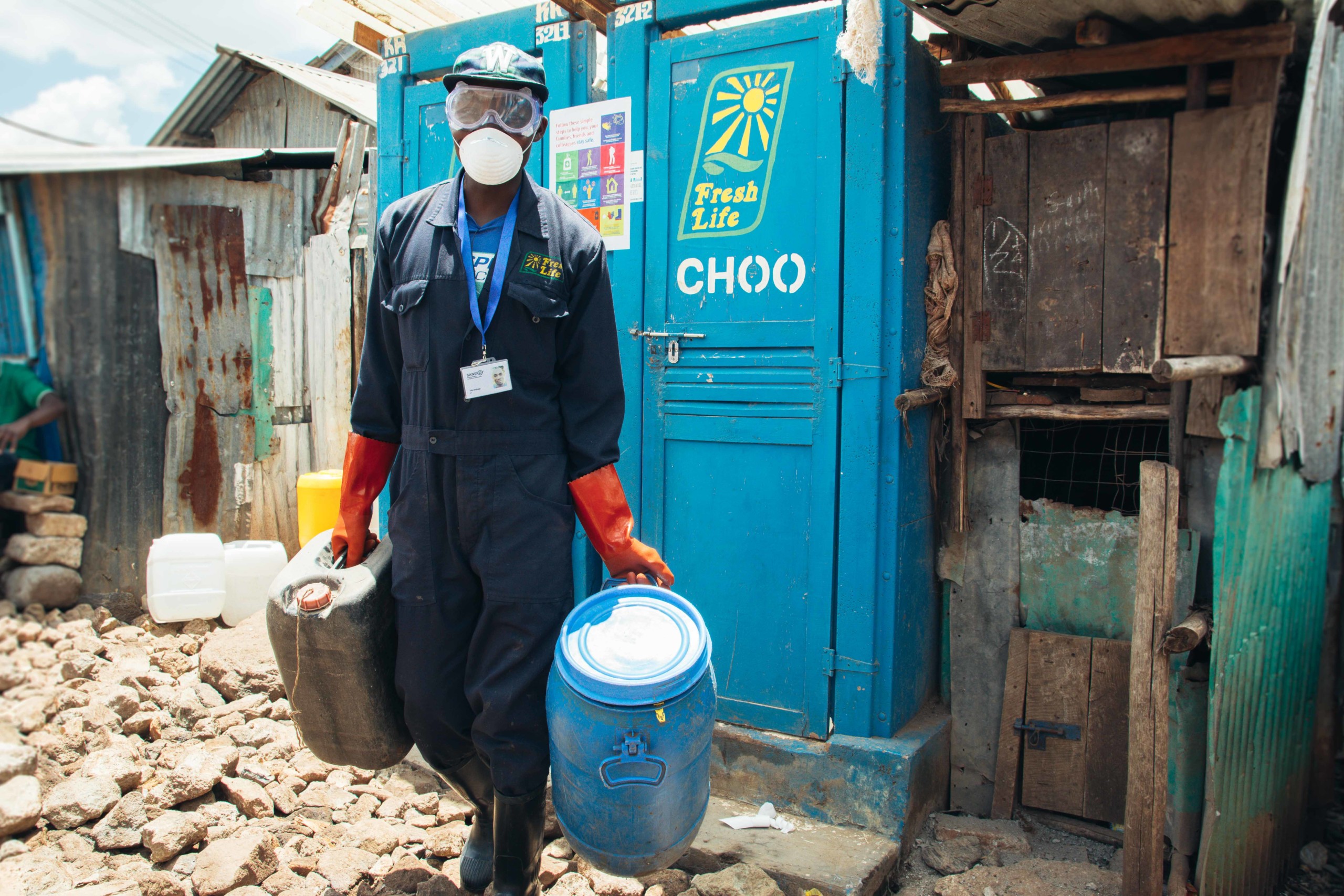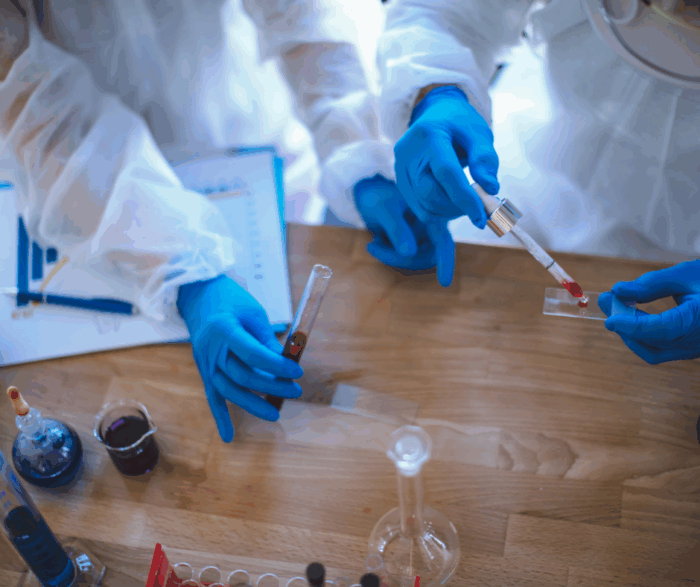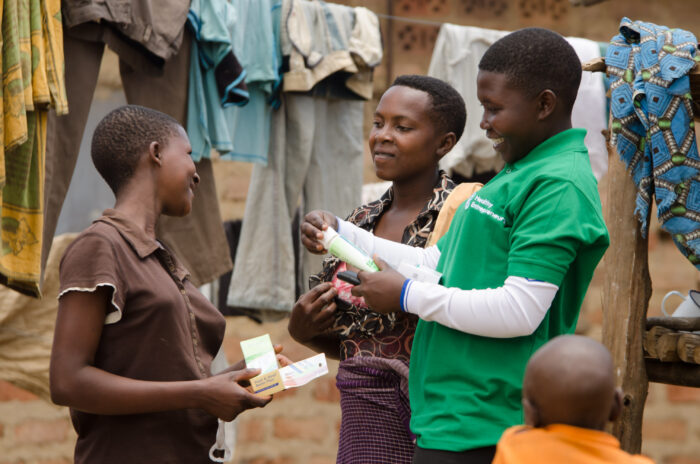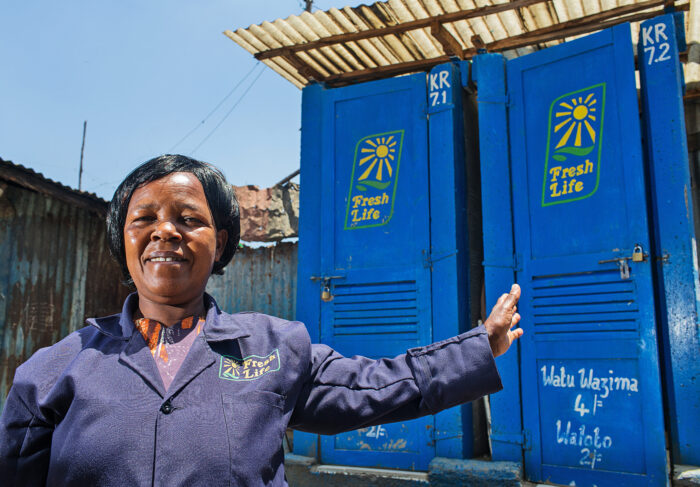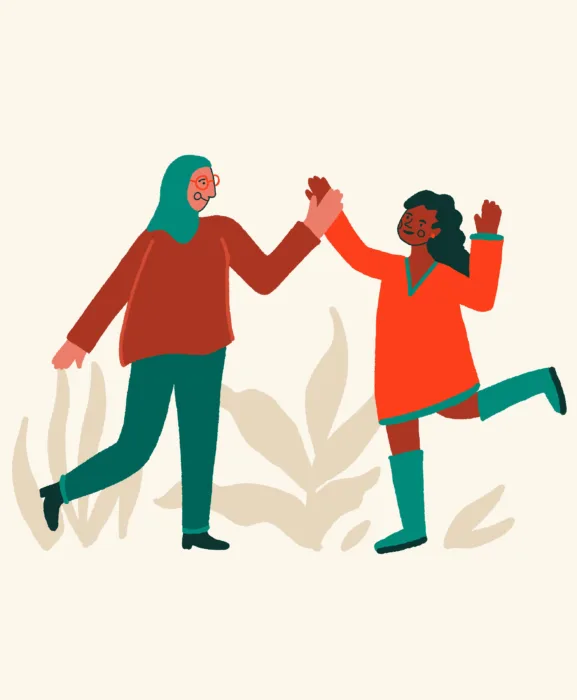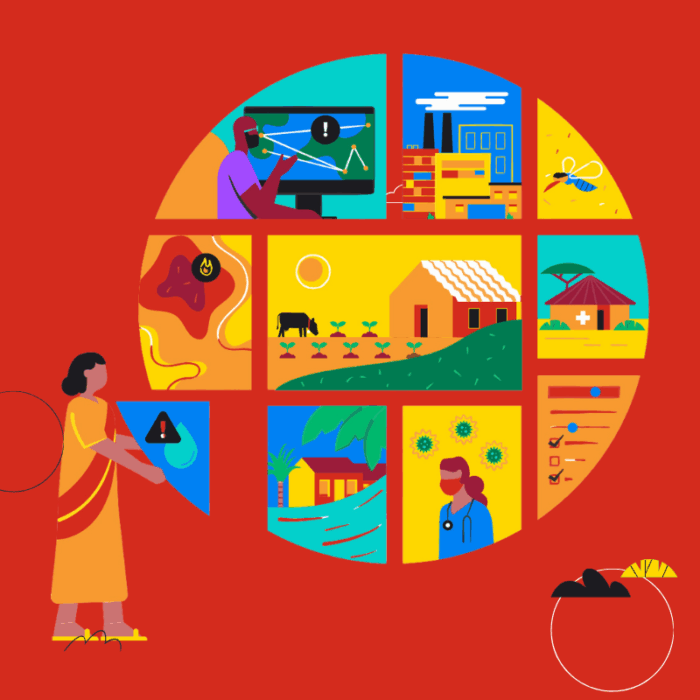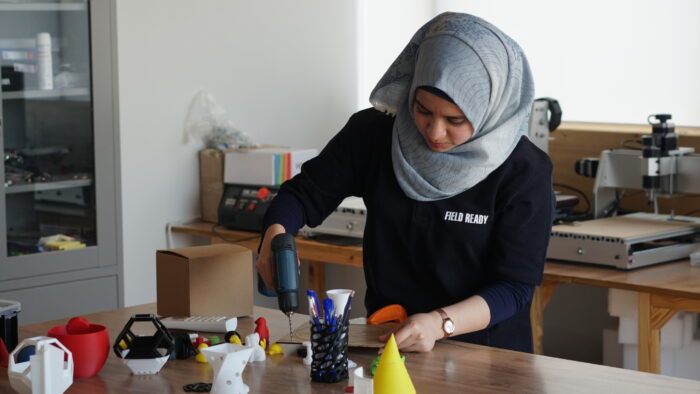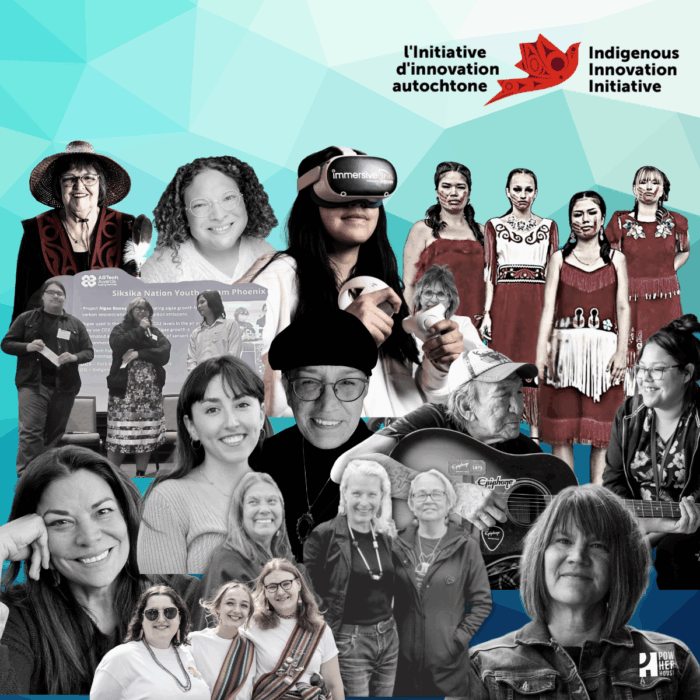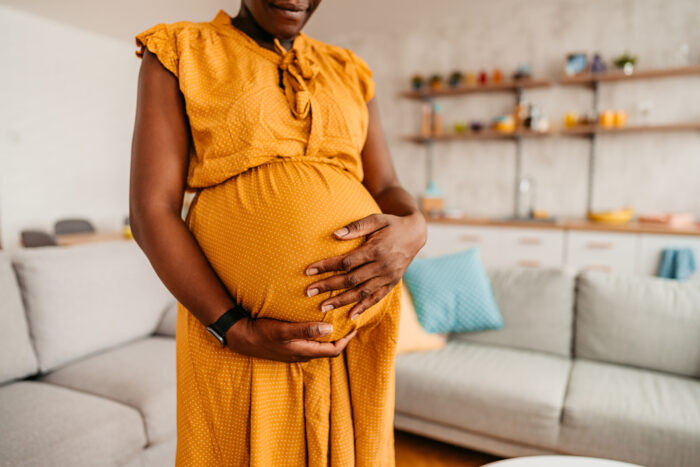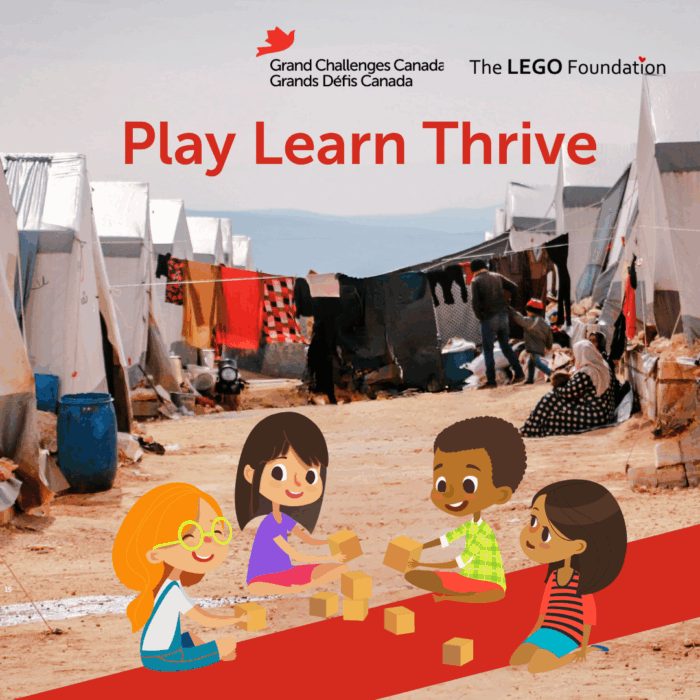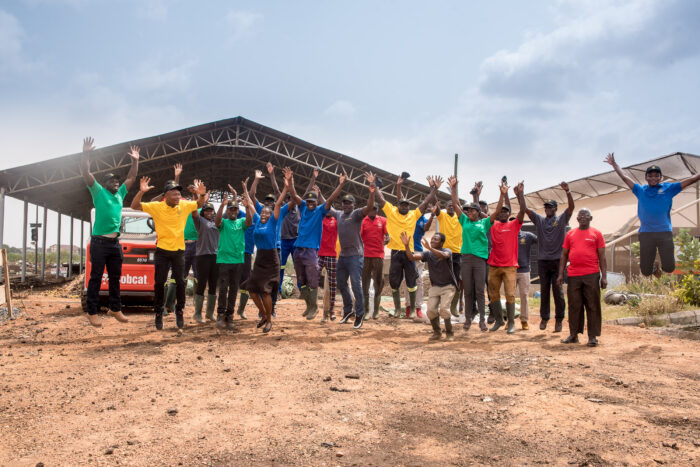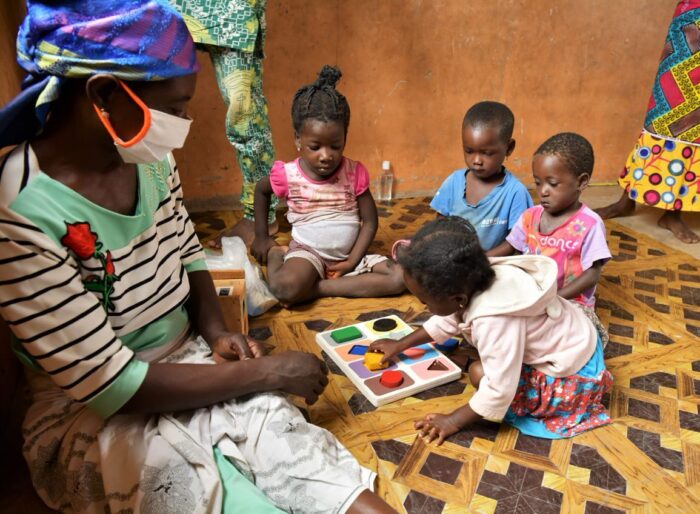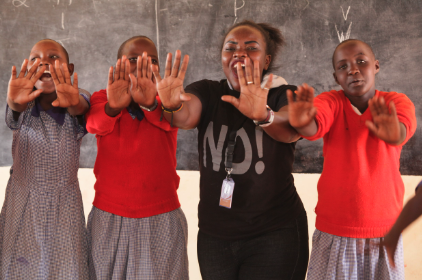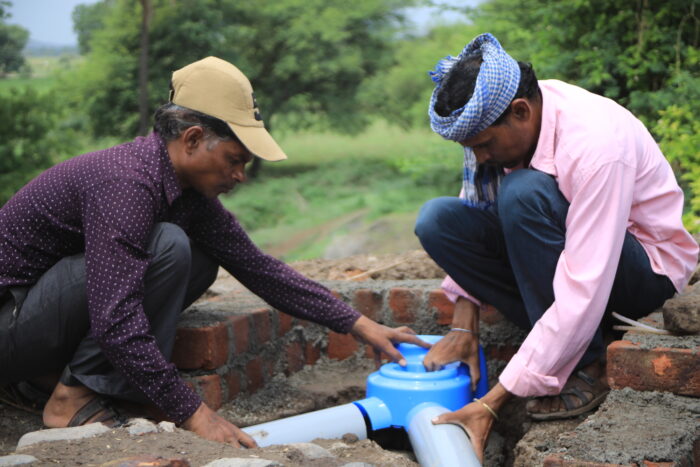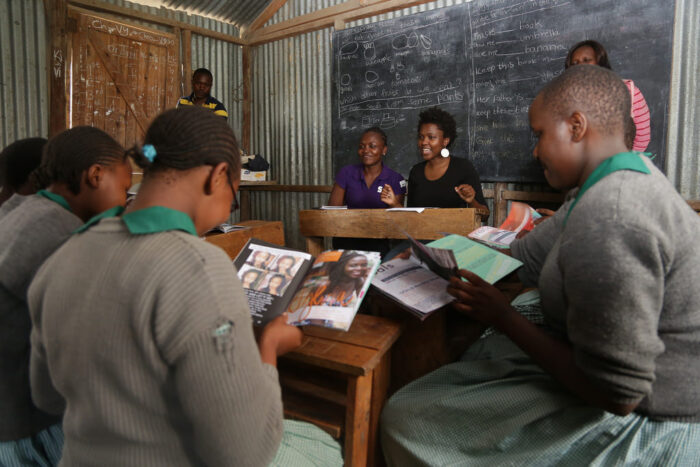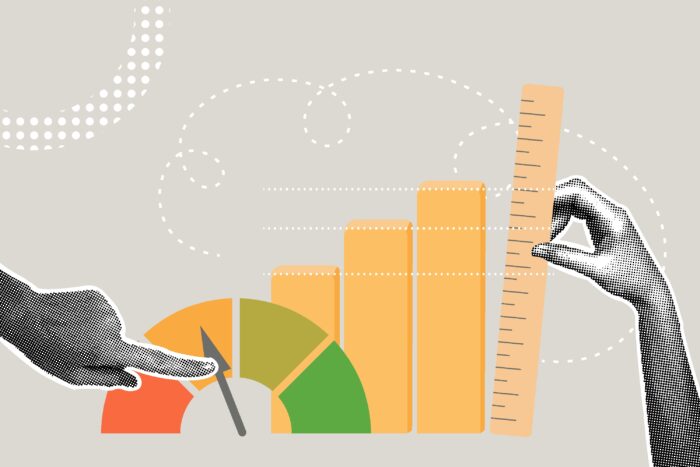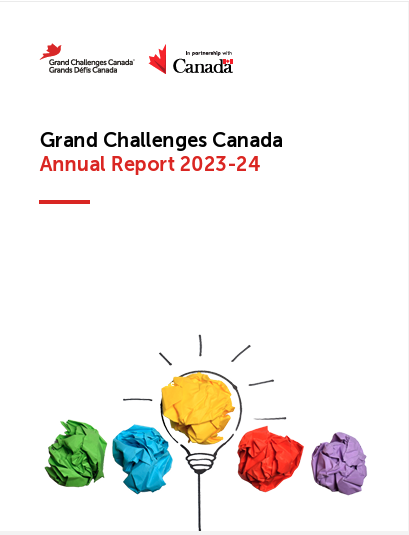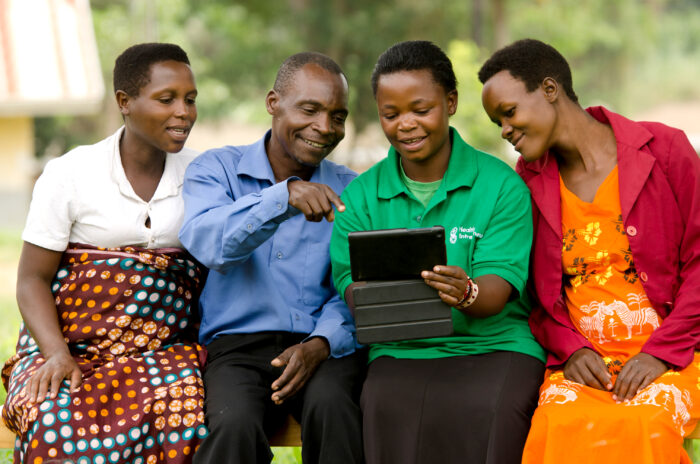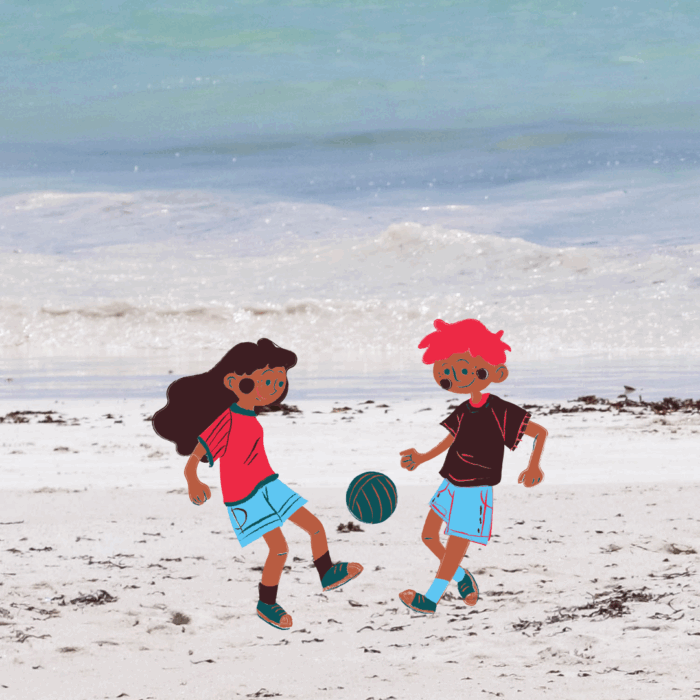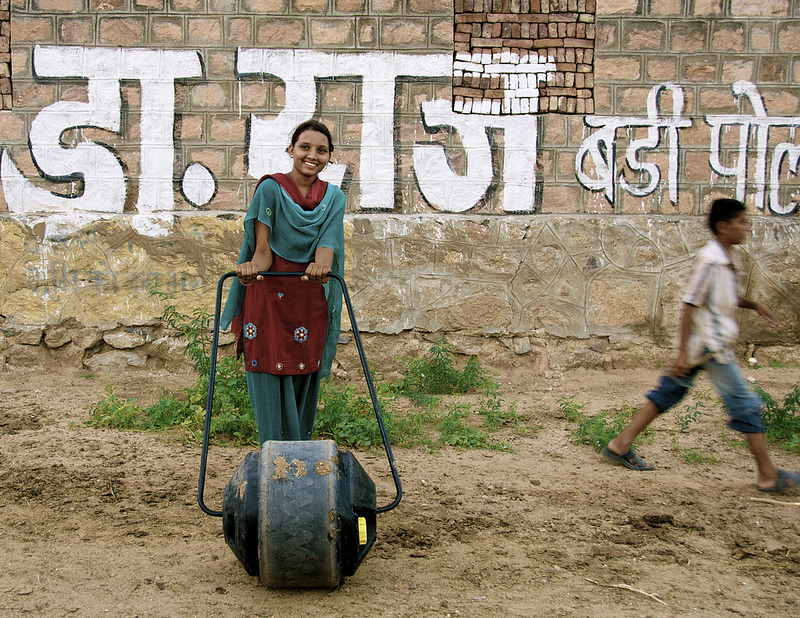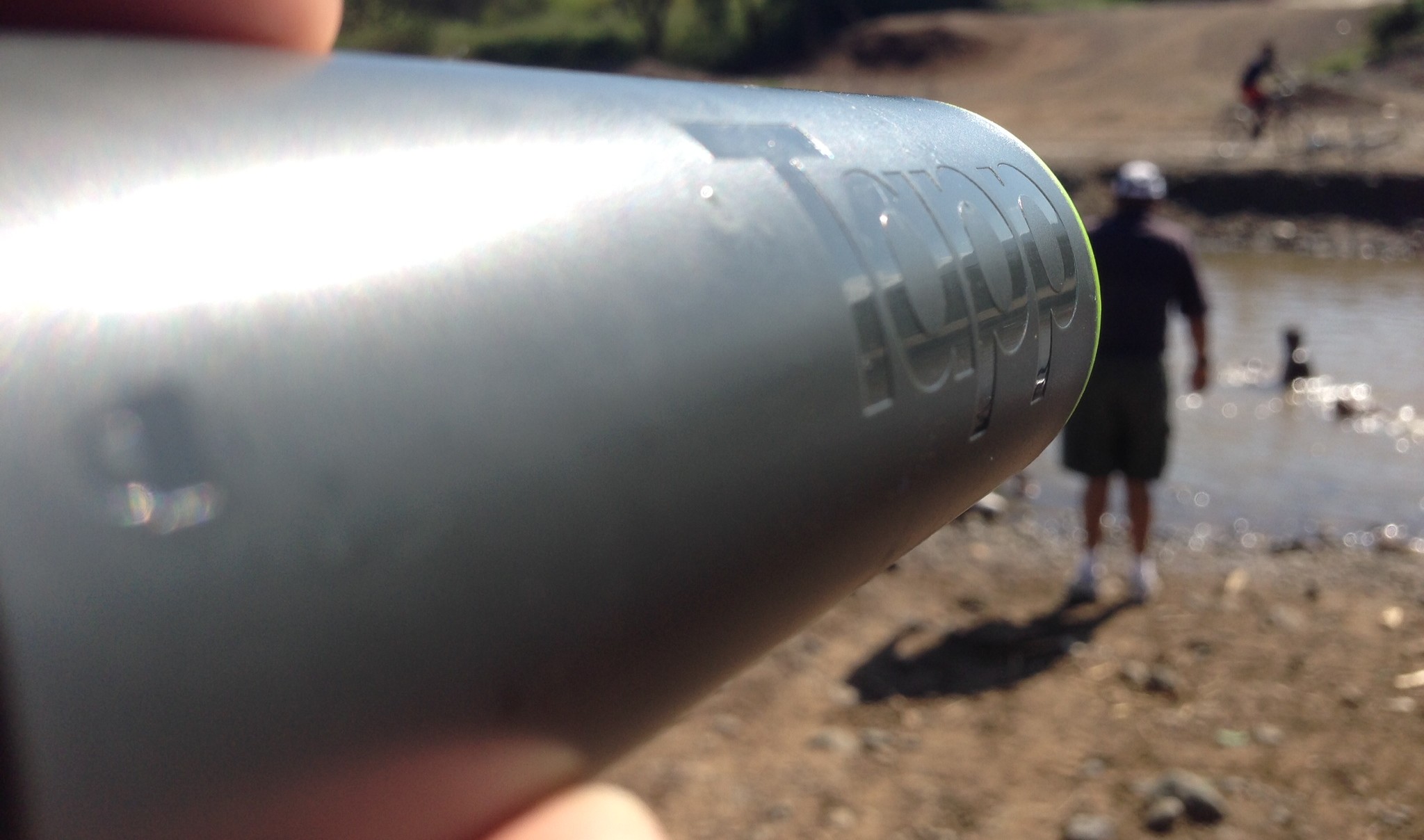Ammara Niyaz is an Investment Analyst with the Transition to Scale program at Grand Challenges Canada, identifying deals and conducting financial and operational due diligence of potential investments. Follow Ammara on Twitter: @ammaraniyaz
“An estimated 663 million people drink water from unimproved sources, and millions more drink contaminated water from improved sources”.
Dr. Margaret Montgomery, Technical Officer, WASH, World Health Organization
Problem
As we mark World Water Week (August 23 to 28, 2015) to discuss the world’s water issues, we are faced with a few facts: technology has advanced to a point where there are more mobile devices than humans, yet 750 million people (roughly 1 in 9 people) lack access to safe water. It is, in other words, easier for people to access mobile phones than clean water. In 2010, the United Nation General Assembly declared that clean drinking water and sanitation are essential to the realization of human rights for all. However, the reality today shows that there are still approximately 2.2 million men, women, and children worldwide who die each year from drinking unsafe water. The situation is worse in rural areas where 82% lack access to improved water, versus 18% in urban areas.
Need

Sanitation, industrial waste and chemicals from unsafe agricultural practices are contaminating water reservoirs. This affects health in the form of diseases such as cholera, dysentery, hepatitis A, typhoid, and polio. But pollution is only one of many barriers to accessing clean water.
Another example is the time involved to actually obtain clean water. The burden of fetching water primarily falls on women and children, especially girls. Globally women and children are estimated to spend 140 million hours each day collecting water. Time that could be better spent going to school, caring for family members or taking part in income-generating work.
Addressing the issue of access is not the only solution to tackling this problem. Policies at a national and local level need to be in place in order to develop an entire ecosystem, including infrastructure, service delivery, and education. The latter is of paramount importance, since the educational component will drive behaviour change. It will influence how people decide to collect, store and purify water.
Infrastructure is another common barrier in terms of access to clean water. Travelling for hours on poorly constructed roads to collect water, or flawed plumbing systems in homes or villages are not contributing to a solution.
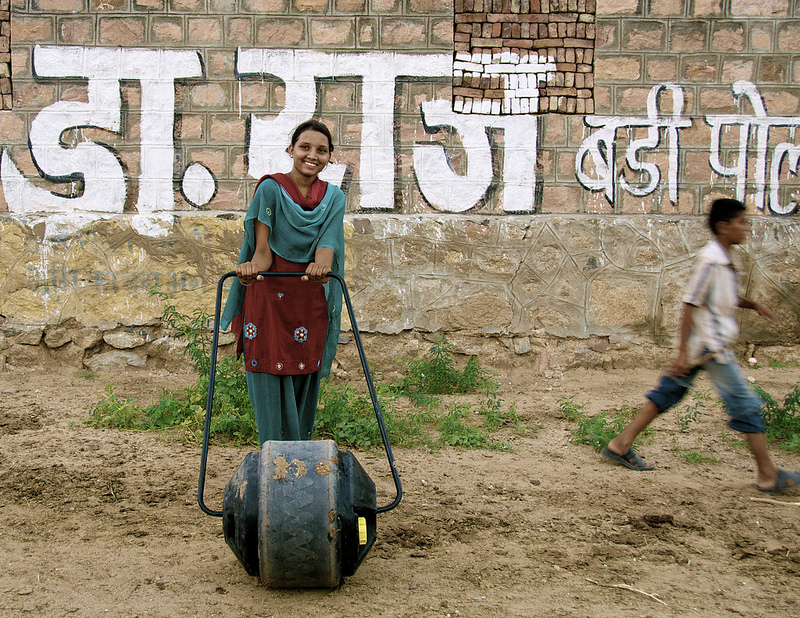 It is estimated that $18.5 billion in economic value could be realized each year from access to adequate water and sanitation if associated deaths could be avoided. According to the WHO, roughly $24 billion is lost each year due to the time individuals spend gathering water. Every $1 invested in water and sanitation yields a $4 economic return. Studies have found that in Ghana a 15 minute reduction in time spent on collecting water can increase the proportion of girls in school by 8 to 12% and a 1 hour reduction in Pakistan leads to an 18% increase. However, despite these compelling arguments for investing in water and sanitation, in 2011, only 6% of international aid went to this sector. Thus, although there are clear economic gains, governments have not committed the resources necessary to improve access to clean and safe water.
It is estimated that $18.5 billion in economic value could be realized each year from access to adequate water and sanitation if associated deaths could be avoided. According to the WHO, roughly $24 billion is lost each year due to the time individuals spend gathering water. Every $1 invested in water and sanitation yields a $4 economic return. Studies have found that in Ghana a 15 minute reduction in time spent on collecting water can increase the proportion of girls in school by 8 to 12% and a 1 hour reduction in Pakistan leads to an 18% increase. However, despite these compelling arguments for investing in water and sanitation, in 2011, only 6% of international aid went to this sector. Thus, although there are clear economic gains, governments have not committed the resources necessary to improve access to clean and safe water.
In order to increase access to clean water, the Millennium Development Goals included an anti-poverty target focusing on access to safe drinking water. In 2015, roughly 91% of people around the world were able to obtain an improved drinking water source, an increase from 76% in 1990.
A new sustainable development agenda will be launching at the Sustainable Development Summit during the United Nations General Assembly in September 2015. The Sustainable Development Goals (SDGs) will be part of this, and continue to have a focus on water. This includes a goal to ensure availability and sustainable management of water and sanitation for all. Specifically, by 2030 the aim is to achieve universal and equitable access to safe and affordable drinking water for all.
Grand Challenges Canada’s Approach
Grand Challenges Canada (which is funded by the Government of Canada) funds water filter and water treatment infrastructure innovations because they solve a grand challenge in global health. To date, through the Stars in Global Health program, Grand Challenges Canada has funded 58 projects in water hygiene and sanitation (WASH) which encompasses 30 water innovations including filters. Browse through all the relevant projects we support on our website. Grand Challenges Canada uses a systems approach to fund innovations in this space, where consideration of the entire value chain and process regarding water purification takes place. This involves factors such as the manufacturing process, distribution, after-sales service, user feedback, product design, etc. Grand Challenges Canada has supported innovators that are identifying solutions to solve this problem at various levels, such as the community, family, and individual level. Below are two of the innovations that were supported through the Stars in Global Health program.
Tapp Global
Tapp Global, a Vancouver based social enterprise, developed water filters for use by families or individuals. Bradley Pierik and his team lived in remote areas in order to speak with numerous families about water filters and the design process. Tapp is a self-cleaning, zero maintenance, and easy to operate filter. The innovation is available for $55 and lasts for three years, removing bacteria, viruses, protozoa, and pesticides. With funding from Grand Challenges Canada, Tapp developed and tested the product and business model. The innovators proved that the water filter will bring significant time savings for end-users as it can simulate 1 day of water use in 20 minutes, which is roughly 1 week for 1 year of use.
PurifAid Water International Inc.
PurifAid Water International Inc. is a Canadian social enterprise that deploys water purification units at the community level in rural Bangladesh. Textile manufacturing in Bangladesh, by domestic and global retailers, is vital to their economy, but the process of washing, dyeing and finishing is releasing arsenic and other toxins into groundwater. PurifAid`s Direct Remediation and Elimination of Chemical Harm (DRENCH) retails at $40 and is placed on water wells to remove arsenic along with other contaminants. Through funding provided by Grand Challenges Canada, PurifAid has developed and tested their prototypes. The DRENCH technology in conjunction with rice husks is able to remove 95% of arsenic from drinking water which brings the water quality within WHO recommended levels, 10 parts per billion (ppb).
“After successfully pilot testing four prototypes, and raising awareness among thousands through workshops, radio and a documentary, we’re developing the social business model for delivering the filters. Our next step is to deploy the filters through a sustainable business model and help the millions of Bangladeshis in dire need of clean drinking water.”
Shahreen Reza, Founder of PurifAid
What’s Next?
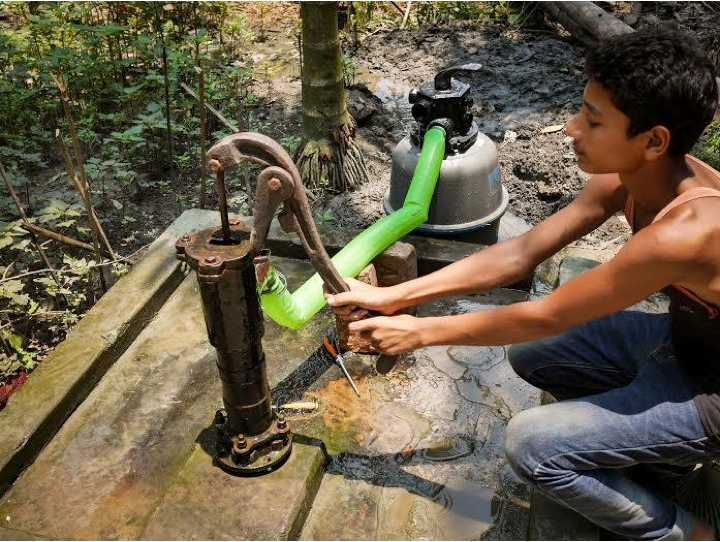
More innovative solutions are needed to guarantee access to clean water for people in developing nations. Grand Challenges Canada is engaging with external stakeholders to conduct a curation of its WASH portfolio to determine which innovations have achieved their proof-of-concept and are ready to scale. This includes sub-portfolios within the WASH space such as water filters, sanitation facilities, and menstrual hygiene management. A few parties that are very interested to be involved in this process have already come forward. They are eager to determine how the WASH portfolio (and specifically water filters), as wells other innovations compare to others and potentially seek new innovations to partner with. Curation of different water innovations will occur throughout the fall and will inform future investments and activities.
Safe and readily available water is important, especially in low- and middle-income countries. Improved water supply and sanitation, and better management of water resources, can boost countries’ economic growth, contribute greatly to poverty reduction, improve health, and thus save and improve lives.
Read Shahreen Reza’s blog post for World Water Week 2015: Innovating with water to solve Bangladesh’s twin crises
Join the conversation on Twitter with #WWWeek. We encourage you to post your questions and comments about this blog post on our Facebook page Grand Challenges Canada and on Twitter @gchallenges.
Sources:
Billion Affected Daily by Water and Sanitation Crisis
International Decade for Action `WATER FOR LIFE” 2005-2015
Progress on Sanitation and Drinking Water: 2015 Update and MDG Assessment.
United Nations Sustainable Development Knowledge Platform
